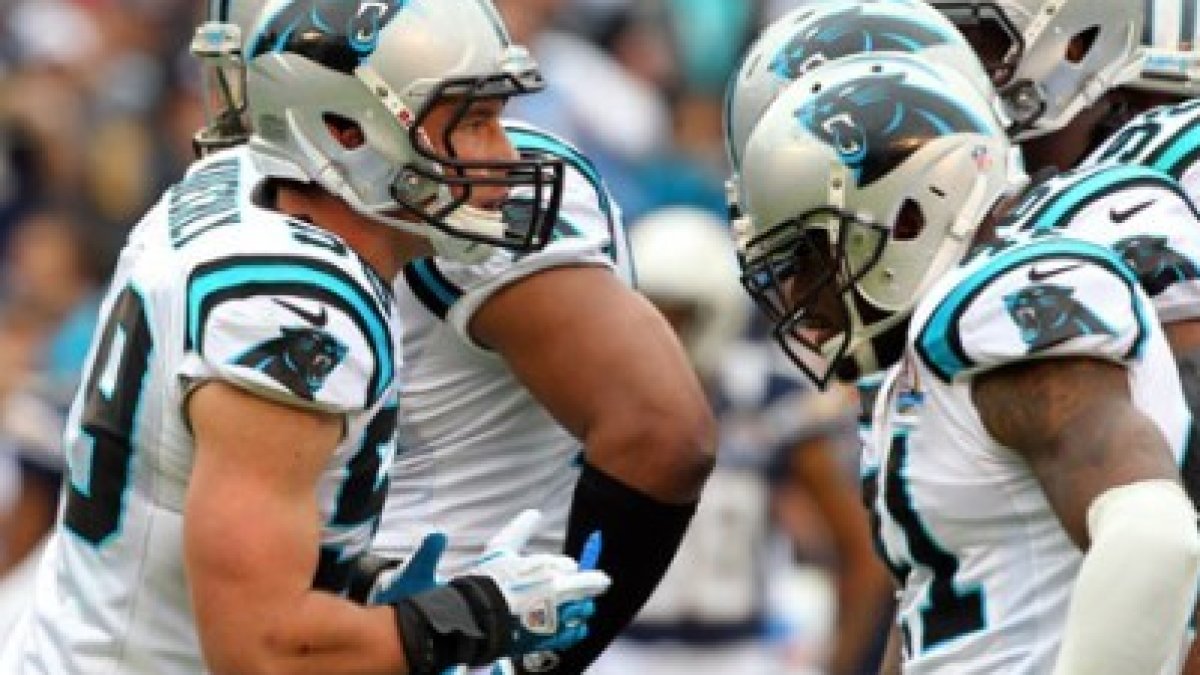 When I ran comparisons of team average rushing production and rushing production in the subsequent week, I found that a defensive adjustment based on the average rushing production allowed by the opponent improved the correlation. In other words, team rushing was better predicted by including a defensive adjustment. This week, I wanted to run the same test on passing production.
When I ran comparisons of team average rushing production and rushing production in the subsequent week, I found that a defensive adjustment based on the average rushing production allowed by the opponent improved the correlation. In other words, team rushing was better predicted by including a defensive adjustment. This week, I wanted to run the same test on passing production.
I followed the same method I outlined previously. First, I used each team’s rolling one-year average passing production entering each test week. I then compared those average passing yards, touchdowns, interceptions, and fantasy points to the passing yards, touchdowns, interceptions, and fantasy points the team actually scored in that one week.
Off that bat, there is a much stronger relationship between a team’s average passing yards entering a week and their actual passing yards that week. That r-squared of 0.12 is more than twice as strong as the 0.05 I saw with rushing yards.
I was surprised to discover that passing touchdowns were also stronger, 0.08 compared to 0.02 with rushing touchdowns.
There was no direct comparison to be made for passing interceptions. It was the weakest of the three passing statistic relationships, which jibes with studies others have done on the randomness of turnovers.
All together, fantasy points from passing have an r-squared of 0.13, more than three times that of the r-squared of fantasy points from rushing.
I was curious if the stronger relationship between a team’s average passing numbers and their realized numbers would further augment the improvement made by adding a defensive adjustment, but what I found was quite the opposite.
Adding in a defensive adjustment based on the average passing yards allowed by the opponent, the offense’s average passing yard total had a slightly weaker correlation than it did on its own. In other words, the defensive adjustment did not improve the predictiveness of the model.
The same decline in r-squared was present for passing touchdowns…
…And for passing interceptions.
So while the defense-adjusted team passing averages had a higher correlation (0.12) to actual passing numbers in the subsequent week than the same test did for rushing points (0.07), for passing, those numbers were not an improvement over the offense’s averages alone.
I would speculate those conclusions follow a simple narrative. If a defense is effective at stopping the run, then their opponent has an increased incentive to pass. In that scenario, the offense rushes for fewer yards, touchdowns, and fantasy points than usual. However, the converse is not true. If a defense is effective at stopping the pass, then their opponent has likely fallen behind. While skewing toward the run might be more effective on a yards-per-play average, it would not help the offense score enough points to erase the deficit before time expires. Passing frequently might have a worse average, but it has a higher variability. So average passing numbers decline, but the chances of a come-from-behind win actually increase.
In fantasy, we refer to that as garbage time production, and it is the explanation I would attach to these results. As such, in creating weekly rankings, I would not consider the opponent when I rank quarterbacks the way I would for running backs. In my mind, this also debunks the quarterback streaming strategy, at least on a grand scale. Their own histories tell us more about their likely production than the opponent can.
—
Scott Spratt was named Newcomer of the Year by the Fantasy Sports Writers Association. He also writes for RotoGraphs and contributes to ESPN Insider as a research analyst for Baseball Info Solutions. Feel free to ask him questions on Twitter – @PFF_ScottSpratt










 © 2024 PFF - all rights reserved.
© 2024 PFF - all rights reserved.